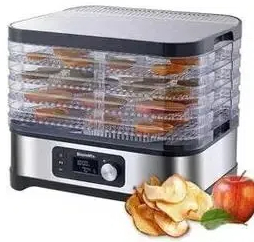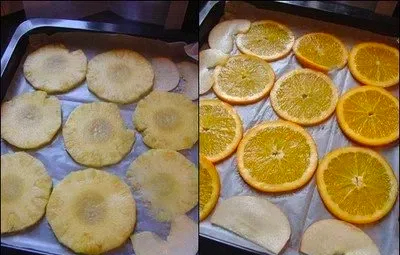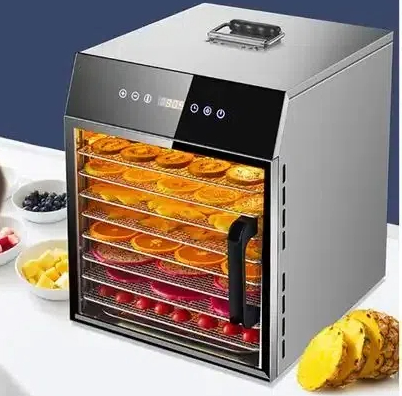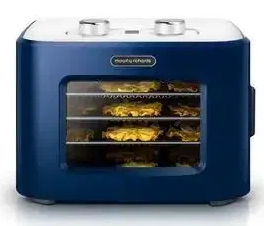
Content Menu
● Introduction
● Understanding Heat Pump Drying
● Benefits of Heat Pump Drying for Food
● Applications of Heat Pump Drying in the Food Industry
● Challenges and Considerations
● Future Trends in Food Drying Technology
● Conclusion
● Frequently Asked Questions
>> 1. What is heat pump drying?
>> 2. How does heat pump drying compare to traditional drying methods?
>> 3. What types of food can be dried using heat pump technology?
>> 4. Are there any downsides to using heat pump dryers?
>> 5. What is the future of food drying technology?
Introduction
Food preservation has been a crucial aspect of human civilization, allowing us to store food for longer periods and reduce waste. Among various preservation methods, drying stands out as one of the oldest and most effective techniques. In recent years, heat pump drying technology has emerged as a revolutionary method in the food industry, offering numerous benefits over traditional drying methods. This article explores the intricacies of heat pump drying, its advantages, applications, and future trends in food preservation.

Understanding Heat Pump Drying
Heat pump drying is a sophisticated process that utilizes a heat pump to remove moisture from food products. Unlike conventional drying methods that often rely on high temperatures, heat pump dryers operate at lower temperatures, which helps preserve the food's nutritional value and flavor. The process involves circulating warm air through the food, extracting moisture, and condensing it to maintain a controlled environment.
The technology works by transferring heat from the environment to the food product, making it an energy-efficient solution. This method not only reduces energy consumption but also minimizes the risk of over-drying or damaging the food.
Benefits of Heat Pump Drying for Food
One of the most significant advantages of heat pump drying is its energy efficiency. Traditional drying methods can consume a substantial amount of energy, leading to higher operational costs. In contrast, heat pump dryers can achieve energy savings of up to 50% compared to conventional dryers. This efficiency is particularly beneficial for large-scale food processing operations where energy costs can significantly impact profitability.
Moreover, heat pump drying preserves the nutritional value and flavor of food products. By operating at lower temperatures, this method prevents the degradation of vitamins and minerals that can occur during high-temperature drying. As a result, consumers can enjoy healthier and more flavorful dried foods.
Another critical aspect is the environmental benefits of heat pump drying. With growing concerns about sustainability, this technology aligns with eco-friendly practices by reducing energy consumption and greenhouse gas emissions. As the food industry continues to seek sustainable solutions, heat pump drying stands out as a viable option.

Applications of Heat Pump Drying in the Food Industry
Heat pump drying technology is versatile and can be applied to various food products. Fruits, vegetables, herbs, and even meats can be effectively dried using this method. For instance, dried fruits such as apples, bananas, and apricots retain their color and flavor when dried with heat pump technology, making them popular among consumers.
Several case studies highlight the successful implementation of heat pump drying in the food industry. For example, a fruit processing company adopted heat pump dryers to enhance the quality of their dried fruit products. The results showed improved taste, color retention, and a longer shelf life, leading to increased customer satisfaction and sales.
Challenges and Considerations
Despite its numerous advantages, heat pump drying technology does have some limitations. One of the primary challenges is the longer drying times compared to conventional methods. While this may not be a significant issue for some products, it can impact production schedules in high-demand situations.
When choosing a drying method, several factors must be considered, including the type of food, desired moisture content, and production capacity. Businesses must evaluate their specific needs to determine if heat pump drying is the right solution for them.
Future Trends in Food Drying Technology
The future of food drying technology is promising, with ongoing innovations in heat pump systems. Researchers are exploring ways to enhance energy efficiency further and reduce drying times. Additionally, the integration of automation and smart technology is expected to revolutionize the drying process, allowing for real-time monitoring and adjustments to optimize performance.
As the food industry continues to evolve, heat pump drying technology will play a crucial role in meeting the demands for high-quality, sustainable food products.
Conclusion
In conclusion, heat pump drying technology represents a significant advancement in food preservation methods. Its energy efficiency, ability to maintain nutritional value, and environmental benefits make it an attractive option for food processors. As the industry moves towards more sustainable practices, heat pump drying is poised to become a standard in food preservation.

Frequently Asked Questions
1. What is heat pump drying?
Heat pump drying is a method that uses a heat pump to remove moisture from food at low temperatures, preserving its quality and nutrients.
2. How does heat pump drying compare to traditional drying methods?
Heat pump drying is more energy-efficient and can operate at lower temperatures, which helps maintain the food's nutritional value better than traditional methods.
3. What types of food can be dried using heat pump technology?
A wide range of foods, including fruits, vegetables, herbs, and meats, can be effectively dried using heat pump technology.
4. Are there any downsides to using heat pump dryers?
While heat pump dryers are energy-efficient, they may have longer drying times compared to conventional dryers.
5. What is the future of food drying technology?
The future includes advancements in energy efficiency, automation, and the integration of smart technologies to enhance the drying process.












